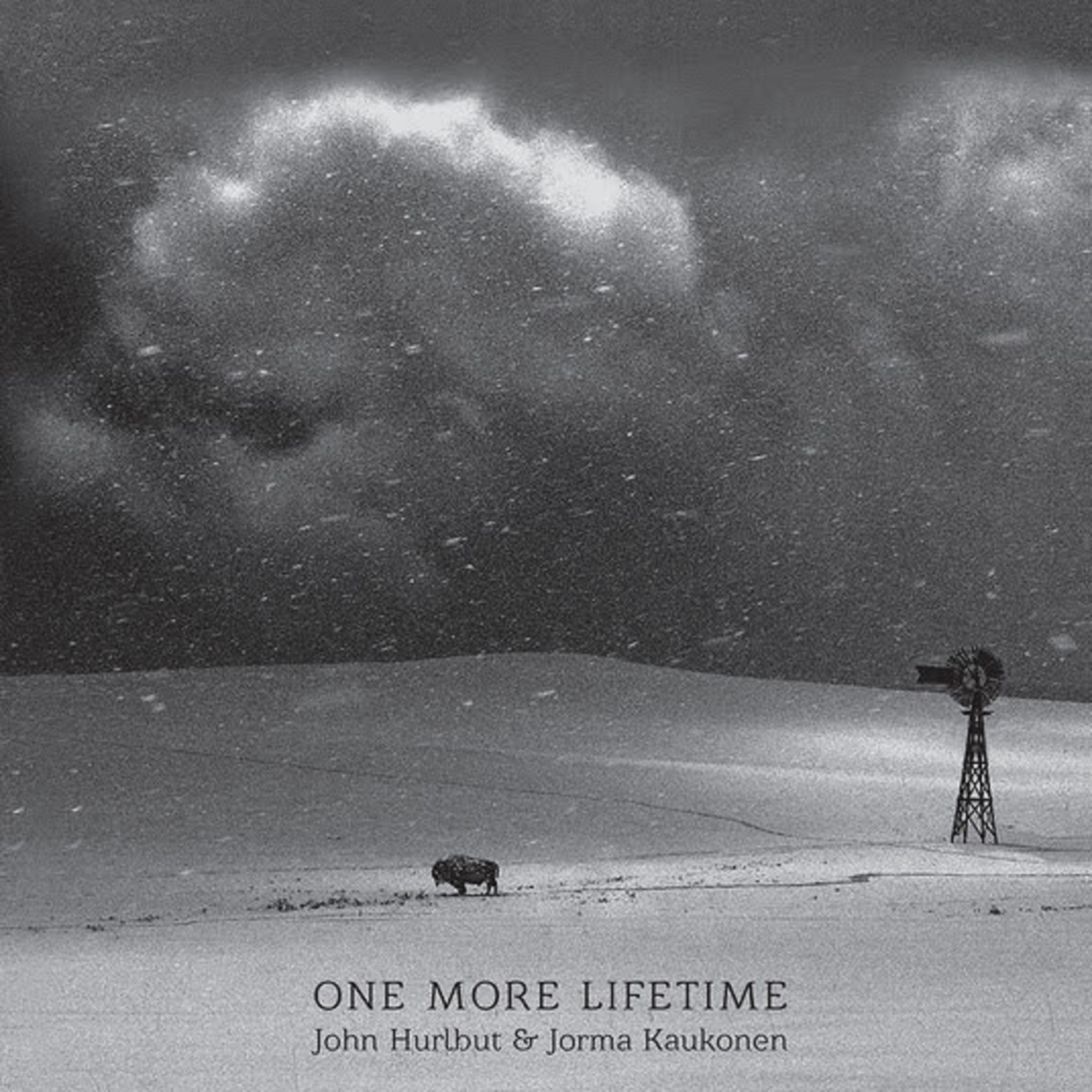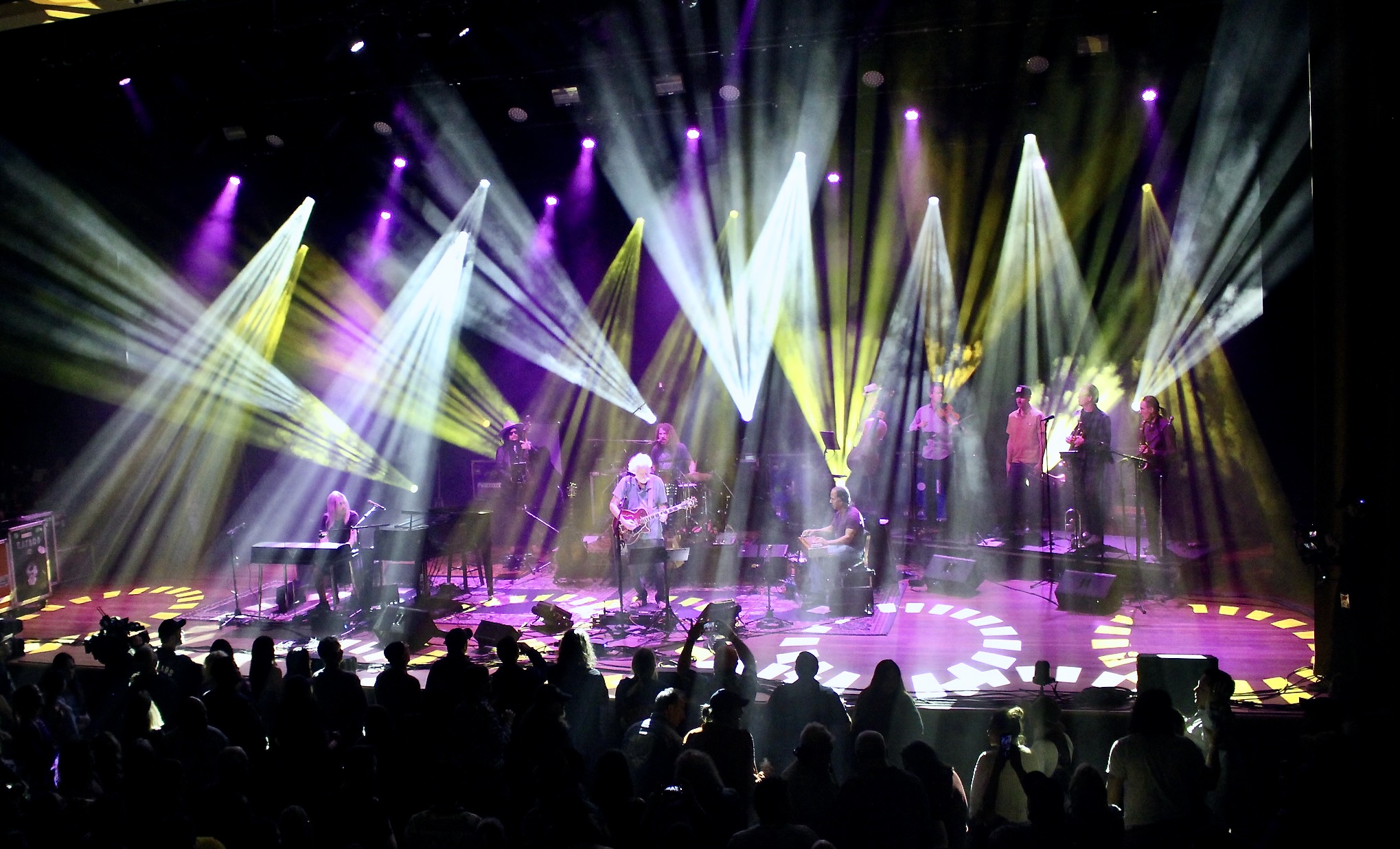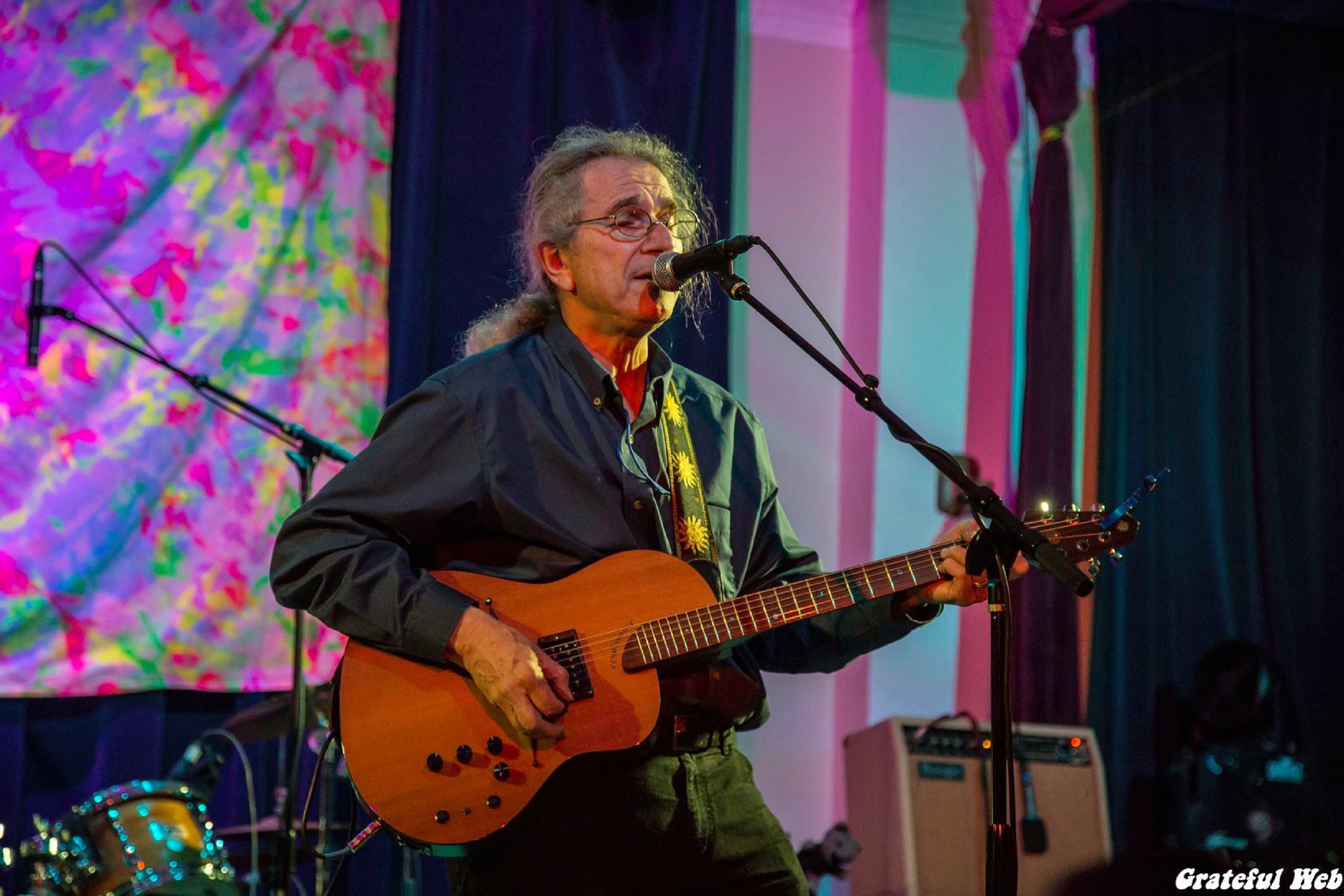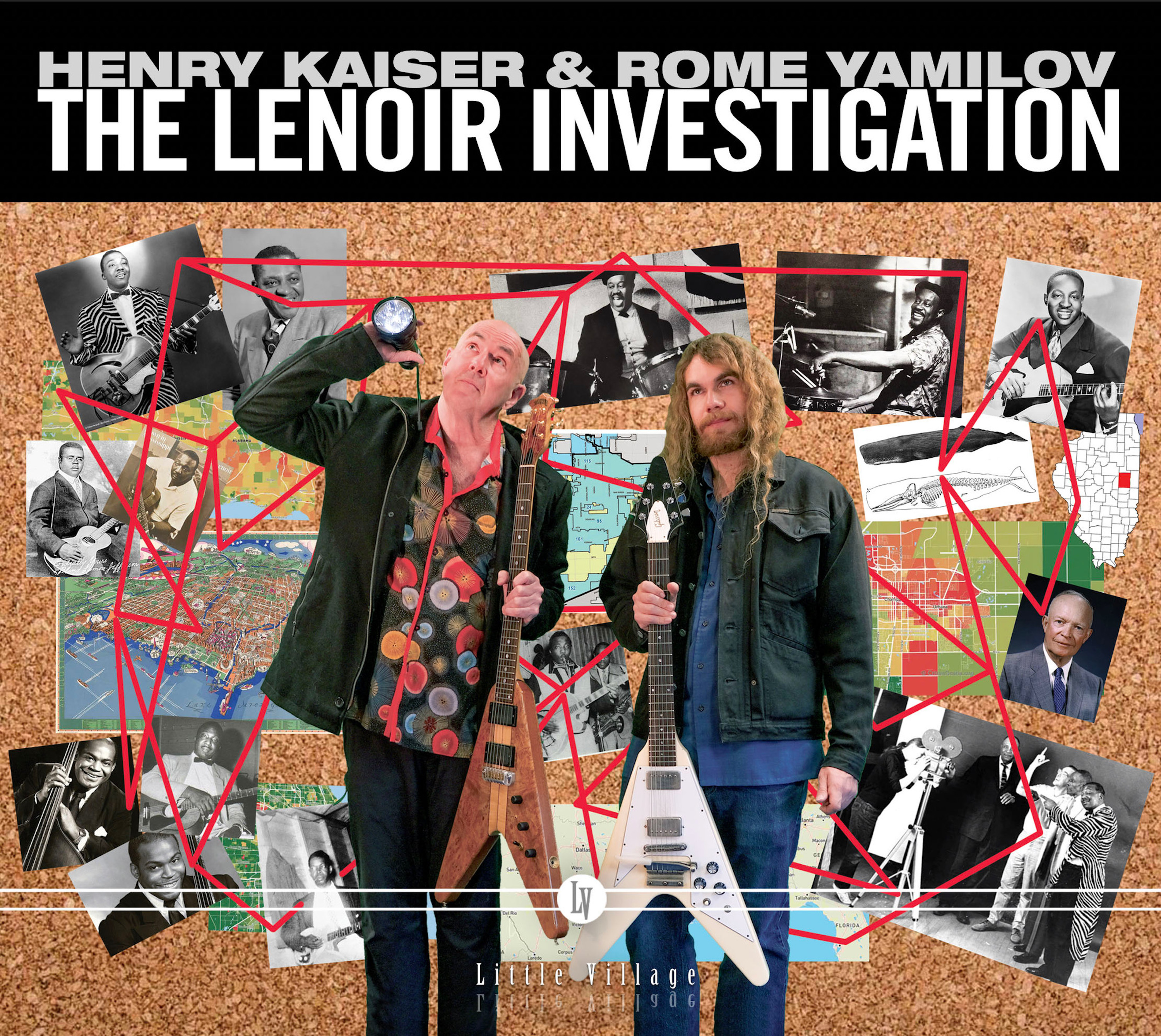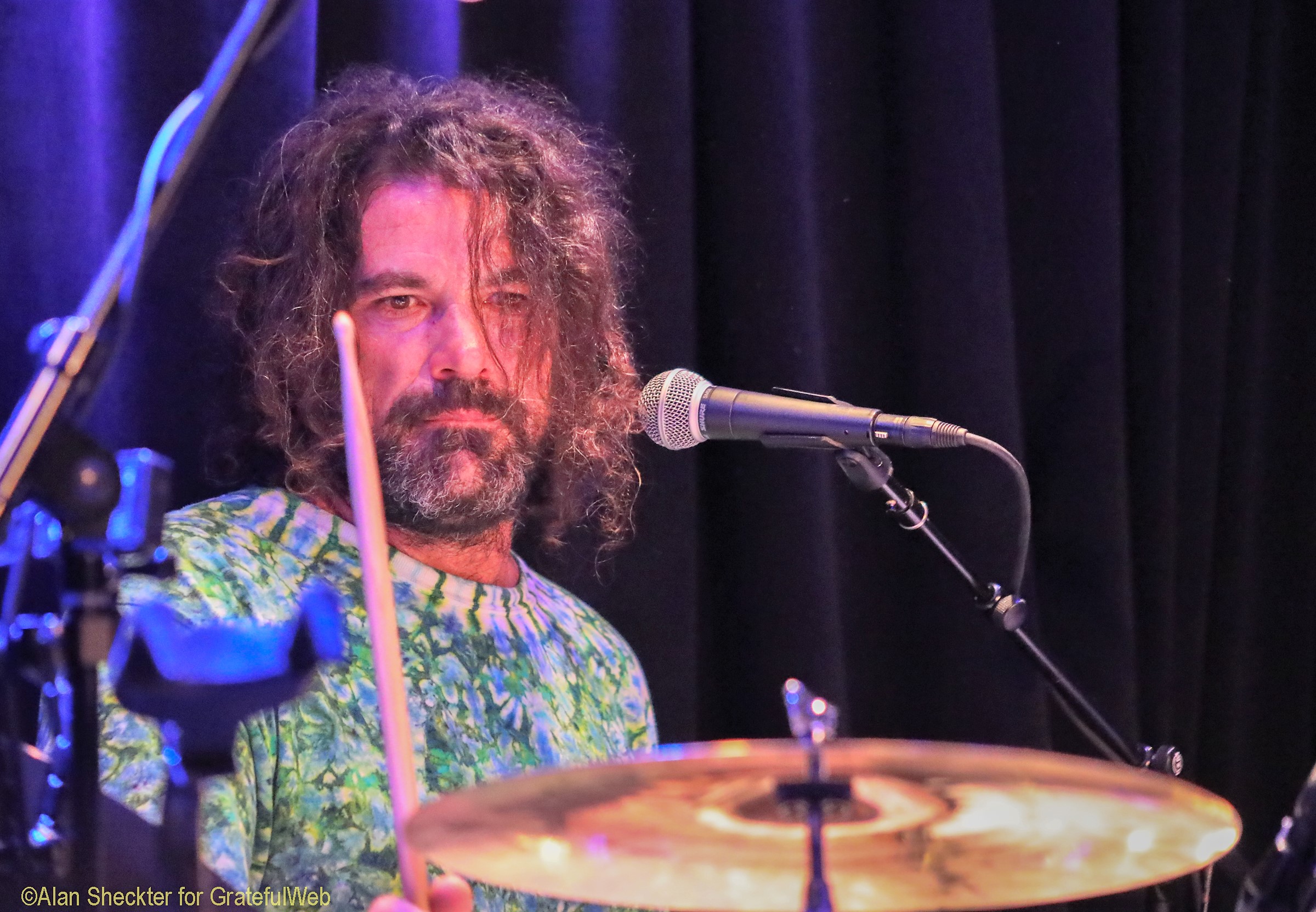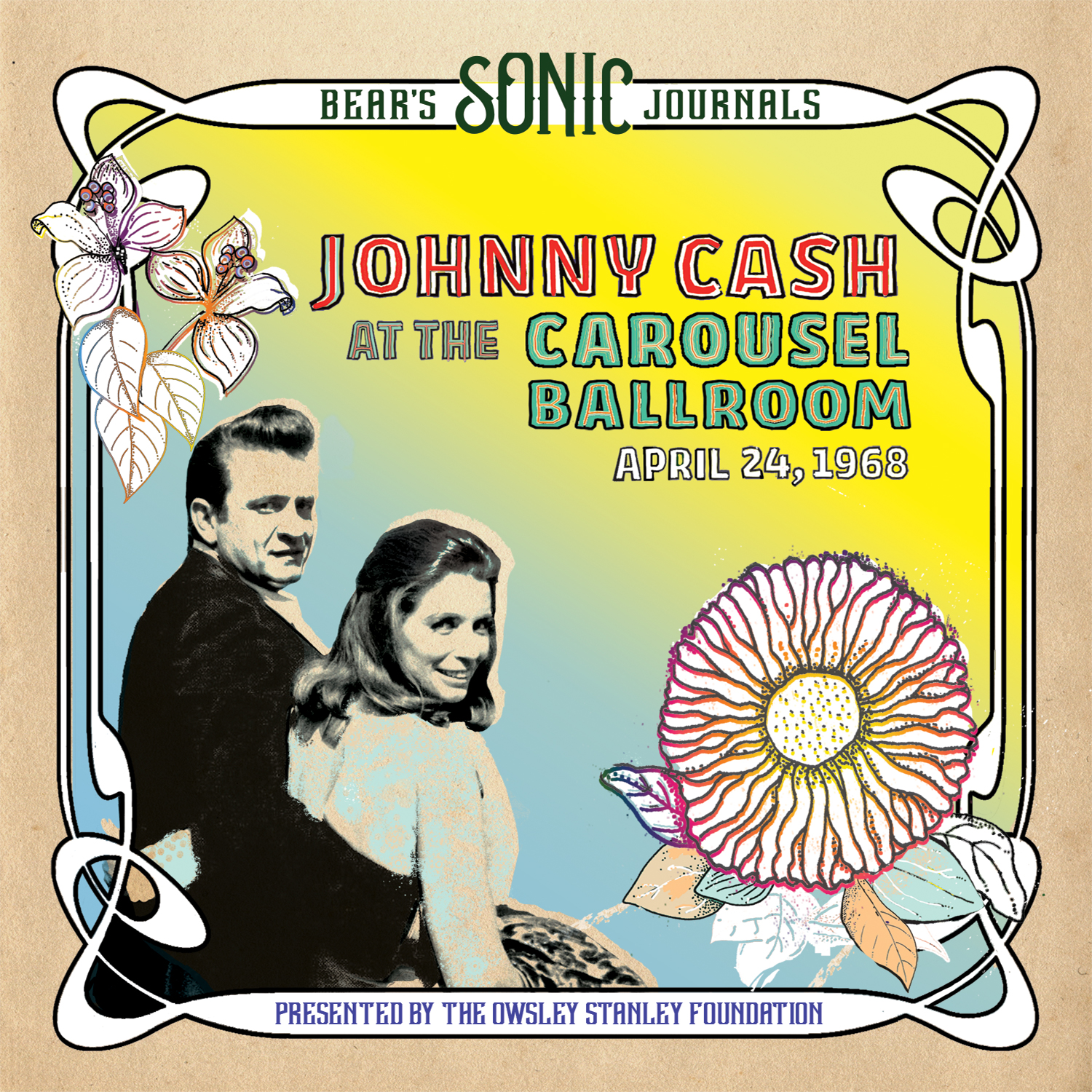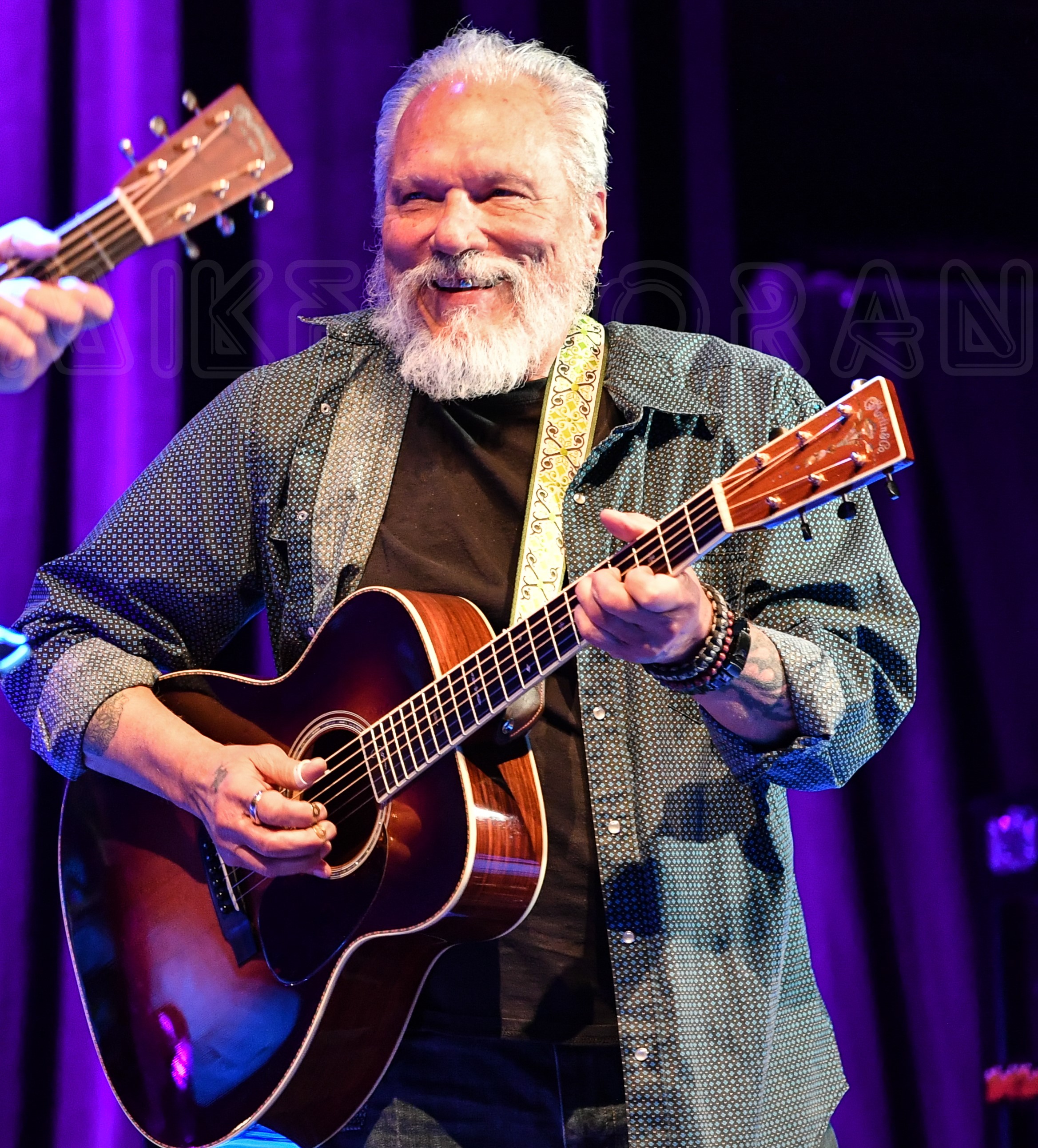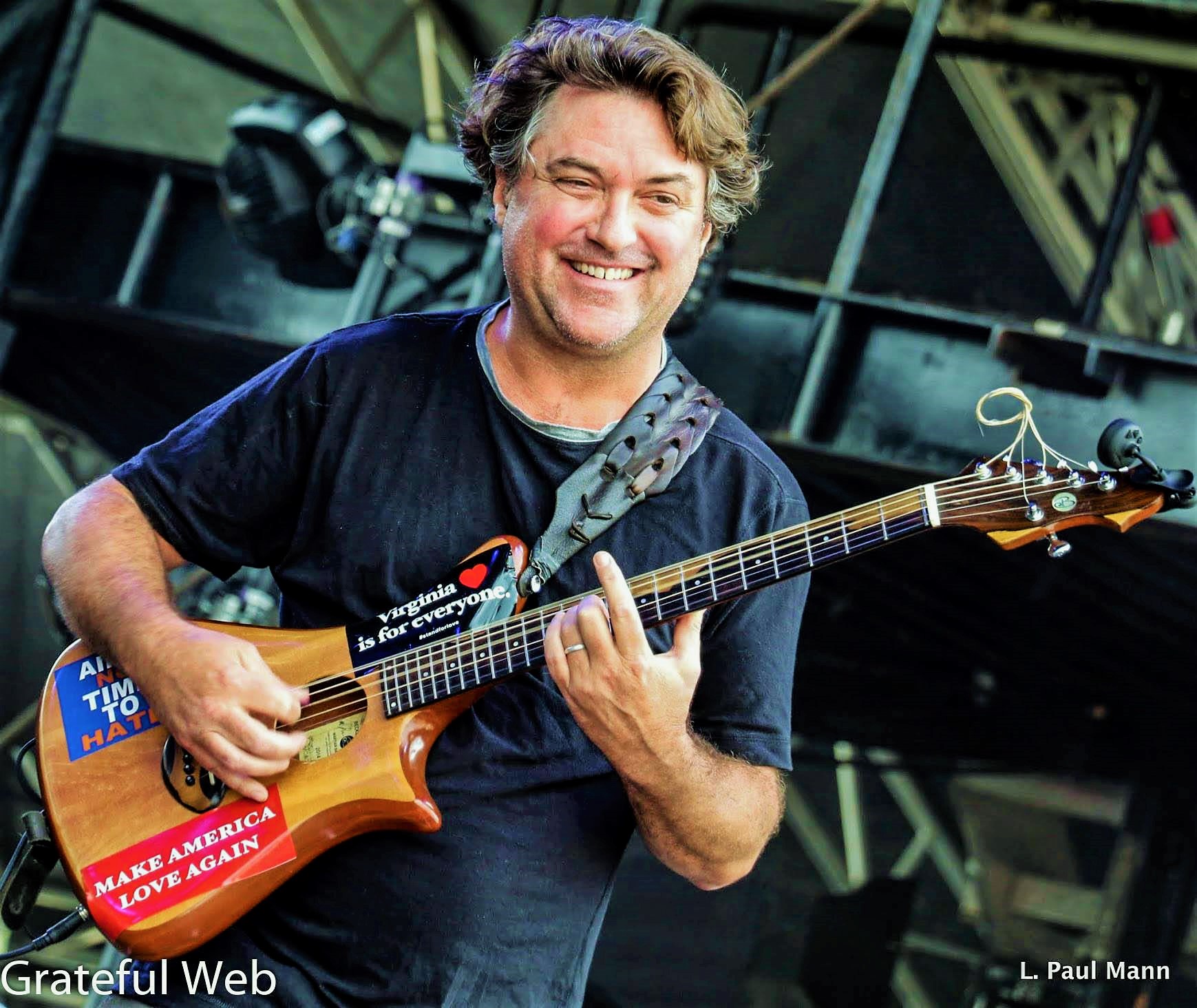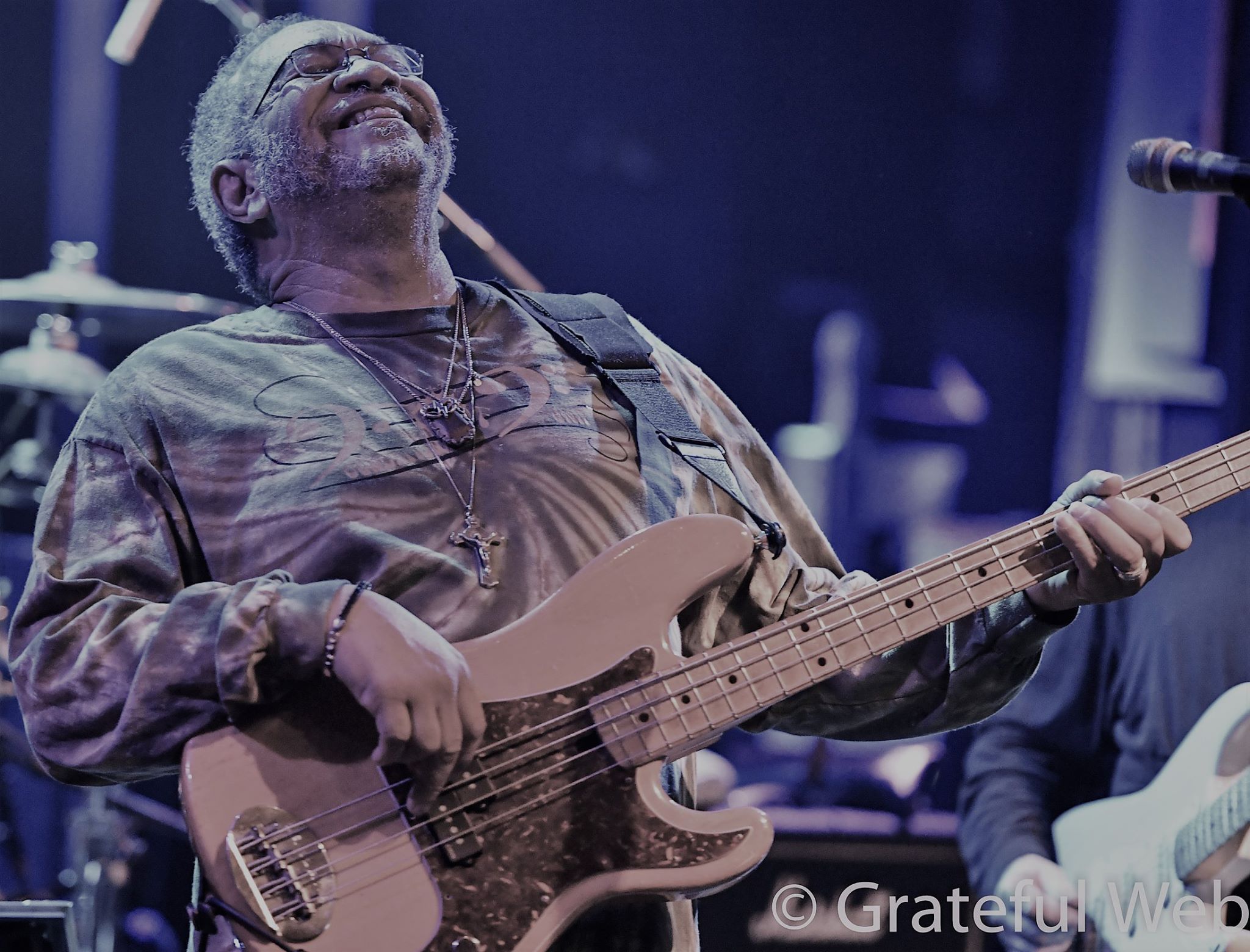Every once in a while, an extraordinary being comes along who recognizes the obvious where no one else does. Working with a Nobel Prize winning astrophysicist and a cutting-edge neuroscientist, Mickey Hart continues to be an undeniable force within the human mind. Just as Newton brought gravity to sight, Hart brings sound to light; and while his achievements are mind-blowing, they’re not nearly as magnificent as the vision that drives them.
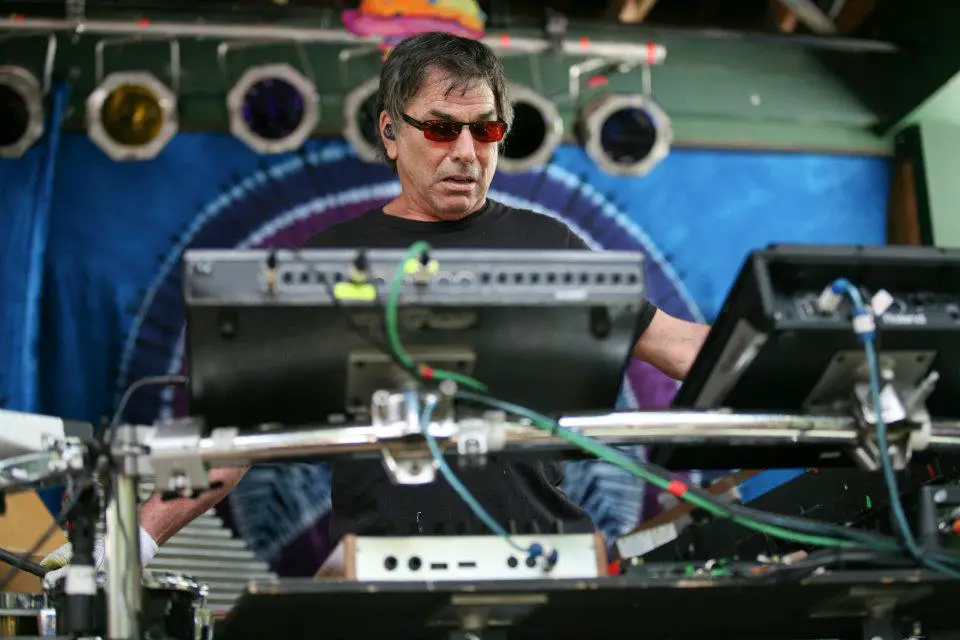
Through books, cultural recordings, music, paintings, and deep explorations into the fabric of being, Mickey Hart has done a miraculous job of gathering information and projecting a lucid articulation, while becoming the living embodiment of what he seeks to express—an all-encompassing perception of life as the sublime instrument. Yet this is only the beginning, for as Mickey has shown with over 50 years of investigation, the ramifications of his insight ripple into forever, everywhere, illuminating uncharted space, a place wide open to exploration for each of us, a world whose glorious reality reaches beyond even our ability to imagine.

Grabbed by the wonder of sound and existence, Mickey Hart dove into the mysteries of music of his own accord. Following his love and fascination, he traveled all the way to and throughout the birth of a cosmos, finding it again inside each thing, both the drummer and the drum. So, it’s no wonder his work is being showcased by the American Museum of Natural History in New York. Appearing in concert with the museum’s, Our Senses: An Immersive Experience exhibition, Mickey will be performing two shows in the Hayden Planetarium, Friday, April 13th, and Saturday, April 14th. Presenting an original composition for this event, Musica Universalis, Mickey Hart will play this great instrument, Life, and take us through her song from Big Bang to Big Brain, where our entire cosmos becomes the creation of one thunderous strike of a drum from the underside.
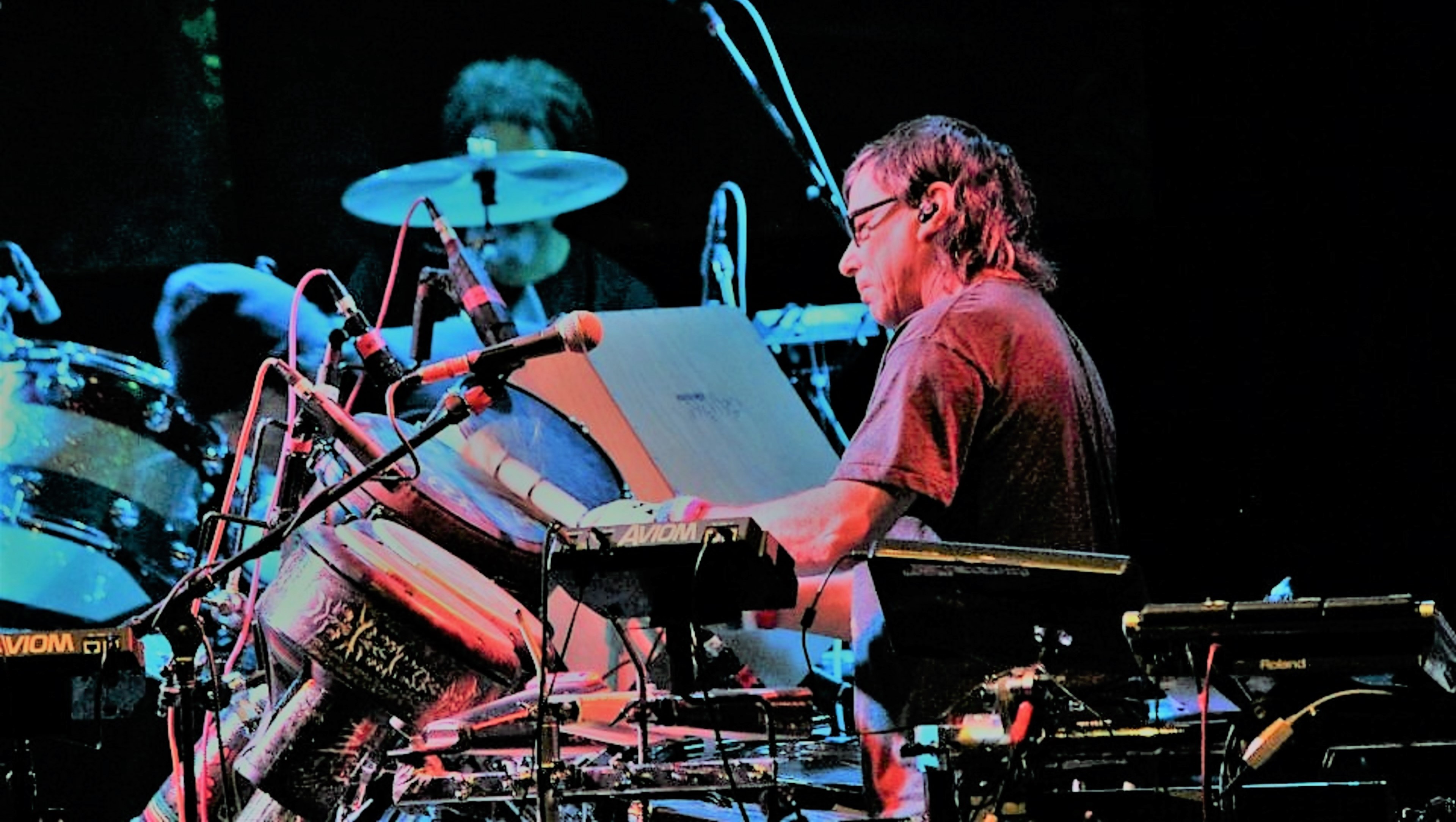
Recently Grateful Web had the privilege of talking with Mickey about his upcoming show.
GW: Well, Mickey, I can’t say I ever saw this coming.
MH: I can’t say I ever saw it coming either, but in a way it’s logical. I’ve been working in deep space for a long time, taking the epic events in the universe and sonifying them. Taking the light, the radiation, and changing its form into sound. I’ve been doing that on my records for a few years and was kind of pointed in that direction anyway. I don’t know how this all came about to be honest with you. (pauses) I guess it was the museum. It was the museum that reached out to me, and I am overjoyed. When I was young, my grandma used to take me to the Hayden Planetarium—I’m from New York—and it was always so special, it was magic, and it kind of piqued my interest and my imagination. It took my imagination to a whole other place, and there I was, flying through space—It was just the wonder of it all, such a great mystery. If you’re not interested in a mystery like that, or anything, any mystery. . .

This was the one that caught my eye—beside the mystery of music—the idea of a vastness of space, and what was out there, how it happened, how did we get here, who are we, what are we . . . why are we. And that the story is all told in the cosmos—that’s what this is all about. It (Musica Universalis) is a journey from the Big Bang, which was 13.8 billion years ago, to us, to the macro, to our body, and all its functions, and also to the mind as well, to the brain. So, it was a round trip. Those vibrations birthed us, and that’s the science of it all. So, this is a real sonic, uh . . . how would you say? Sonically, it’s superb . . . even if you didn’t have any visuals. (chuckles) It’s all Meyer Sound, it’s surround system in the Hayden, and you know I love it, love it low and loud, so it’s a top talent experience.
GW: Over the years, you and I have traveled the universe together, to some pretty deep and far-out places I might add, and I can’t help but think, “Mickey Hart has a spaceship.” You’ve turned rhythm into a propulsion system and are flying to all these different dimensions of existence. The pleasure of getting to ride along with you has been eye opening.

MH: Well, thank you. Yeah, it’s all about the music in everything. I hear the sound in everything—and certainly once I found out that anything that moves out there, and the radiation that it was emitting, light, could be measured. Pythagoras did it in 500 BC. But he didn’t have machines, he just had something I call, mystical flight, where he gave numerical equations to all the revolving orbs, and it was like the universe was singing its song, and that’s the music of Musica Universalis. He called it the music of the spheres. And so, the music of Musica Universalis tells the story of the whole universe as this giant instrument, we being one small, perhaps insignificant player in this dance. If it can sound—and I can’t hear it—then it ain’t right. I have to hear it, or it ain’t right. I just like looking at a star, looking at the moon; hearing the moon and looking at it, that brings it on home, that puts you where you are in the universe. It’s about man and the universe. The whole concept, I guess, is the “How?” of our relation to the universe. And it’s the greatest story ever told, in my estimation.
GW: With the universe being made up of vibration, can you play it like an instrument? Like the mood of the day, or your spouse’s mood? Are all life’s rhythms instruments that can be played?
MH: Well the art form of all of this is not just taking the radiation. You see, with radio telescopes we bring this data down. Radio telescopes record the data coming from any object, and then I get that radiation, and I take it and I do things with that sound. I make art out of it. And then I play the universe. Then I can play, yes, I can play the universe. But I don’t play it, you see there’s a lot of collisions, there’s a lot of, ‘boom, boom, boom, boom, boom,’ there’s a lot of what you would call noise. Now I love noise myself, but you wouldn’t want to sit through thirty minutes of noise. So, I take it and make it into what we would call music. I give it sonority; I give it a harmony, a melody, a rhythm so you have the whole universe dancing. That’s the art of it. You know—the joy of it. You don’t need me to collect data, and so when some data gets collected, I send it to Mark Ballora, who’s a computer scientist at Penn State. Ballora uses his algorithms, which changes the radiation into a sonic waveform. Then I take it, and I make music out of it.
GW: That’s got to be an amazing experience to be playing along with the universe, to be central in the bubble of it all. Does it bring about the joy and wonder of the little boy inside of you, where you’re just like, “Wow! Life is just this amazing stuff.”
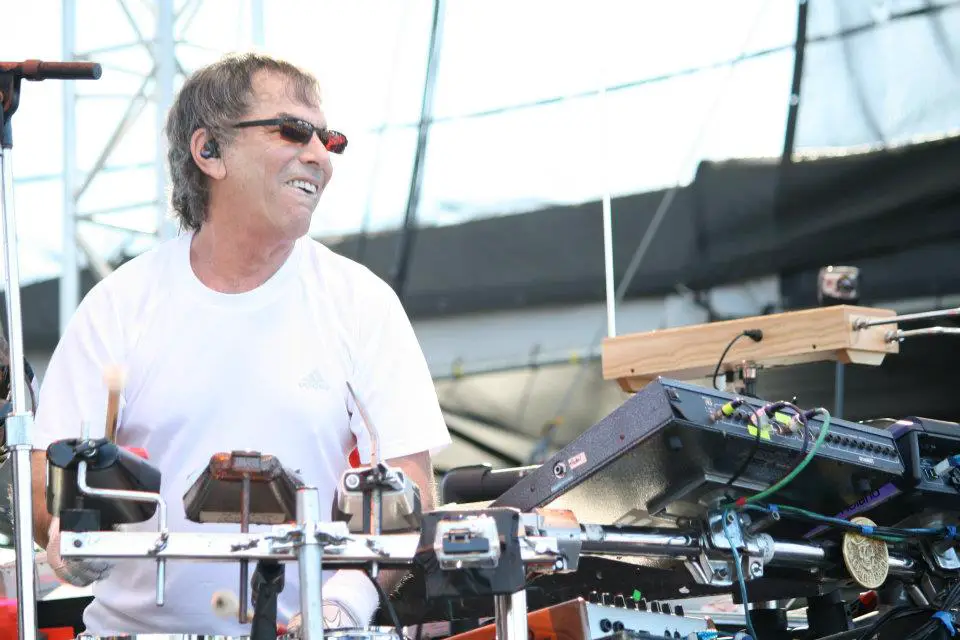
MH: Yeah. (laughs) It’s true. It’s a blast! I never thought it was going to be this involved with so much detail, because when I signed up, I didn’t really understand—I knew the story, but doing the show for the planetarium, doing a show for the dome, in multi-channel, ooh, ooh, real challenge. Really, a big challenge—to get it really right, especially the Hayden Planetarium. Then I thought about all the people that are going to be exposed, all the kids, and all the people that are going to change their idea of the universe. And maybe the light might turn on, and they’ll be scientists, they’ll be cosmologists, audio cosmologists. Whatever, whatever the feel is.
GW: Just bringing the wonder of existence back to our lives. The marvel and joy of the big all kind of breaks up your mind, and suddenly all those little problems fall away because you realize you’re walking in such a miraculous place.
MH: Yeah, yeah. Yes! It’s a great story! Great challenge! And you know, I have the monochord, I have the beam. And the beam is a Pythagorean monochord—which I played every night with the Dead—and that was imagined by Pythagoras himself, that’s how he figured out the sonorities of the universe. He figured out the octave, he was the tempered scale, he was the father of the science of music. So this is his instrument. This is also an ode to Pythagoras.

GW: Wild how one mind can reach across twenty-five hundred years to another.
MH: Yeah, if Pythagoras was here, I’d love to take him out to dinner. Pythagoras rides shotgun with me, I tell ya. If he was there, he’d be smiling ear to ear.
GW: You’re a huge subject. I had a hard time pinpointing you down to find the right question, an avenue into the center of it all so to speak, yet I found myself laughing over the idea of Mickey Hart with a brain hat. Bringing something to the mind of science is a rare and amazing accomplishment, but to get a brain hat out of the deal . . .

MH: You also see my brain, not in real time, but an MRI of my brain, and I’ll be playing my brainwaves simultaneously with this beautiful image of flying through my brain. It’s called, Glass Brain. Dr. Adam Gazzaley, known neuroscientist, created this glass brain where you’re able to fly through it, through my crania, as it were. And you’ll be able to see the inner workings of a brain. And it’s really fantastic! And of course I’ve sampled the brain waves—which are electrical in nature, they’re not radiation as would be the universe or the cosmos. Then I take those brain waves and I make them into music. And so it all comes together in the Hayden in spectacular surround. Meyer Sound is gold standard, and in sonic payload, the speakers are extraordinary, the best they could be . . . and I’ll be stokin’ ‘em, and they’ll be barking, they’ll be barking, optimally.
GW: Is it fun playing with your brain? Watching it actually react while you’re beating on a drum?
MH: Yeah. Yeah it is. It is fascinating, I just try to stay away from all my gray area. Yeah, (laughs) I don’t focus on the gray area. I focus on everything else. (playfully adding) It’s a healthy brain. It’s kind of handsome actually. It’s grotesque, but handsome somehow. You might say it’s like a Renoir, or a Picasso.
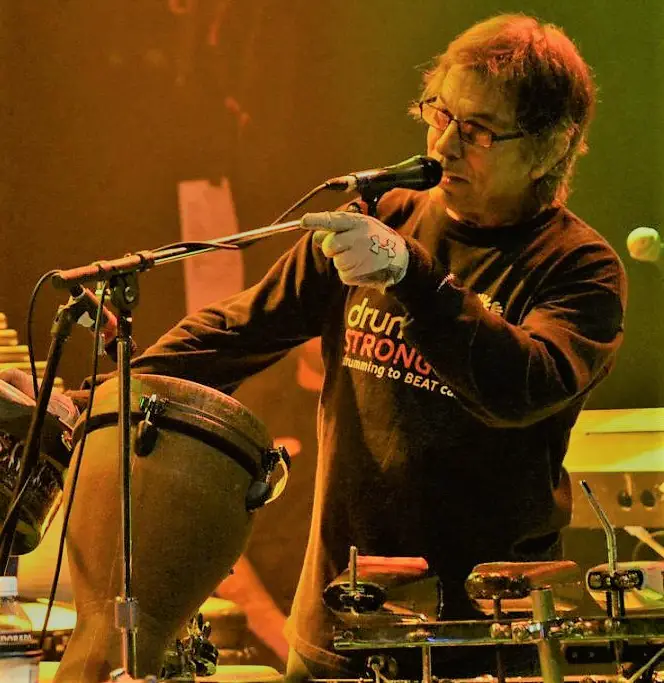
GW: I wouldn’t doubt it for a minute.
MH: That’s the way I see it.
GW: When you’re looking at sound, you hear the moon, do you see sound itself, perceptually speaking?
MH: You can’t touch music. You can’t see music. Music is invisible. Sound is invisible unless you amplify it; change its form into light, where you can see it on a screen. But you do get the synesthesia of light and sound, which is very powerful. In this synesthetic moment, it brings it on home, and you go, “Wow! There’s a sound to that.” Now you might not understand it, you don’t have to understand it—you do have to know something is happening up there . . . and it’s moving around and you’re part of it, and it’s all kind of a Gaia situation, all interdependent, and that’s where you came from. As Carl Sagan would say, “We’re made of star stuff,” and the carbon in your cheesecake perhaps came from a star that exploded four billion years ago, because that’s where all the matter comes from, that’s where all the energy comes from, and that’s what forms the human. Life, life on this planet, comes from stars . . . and the cosmic events as well . . . not just stars.
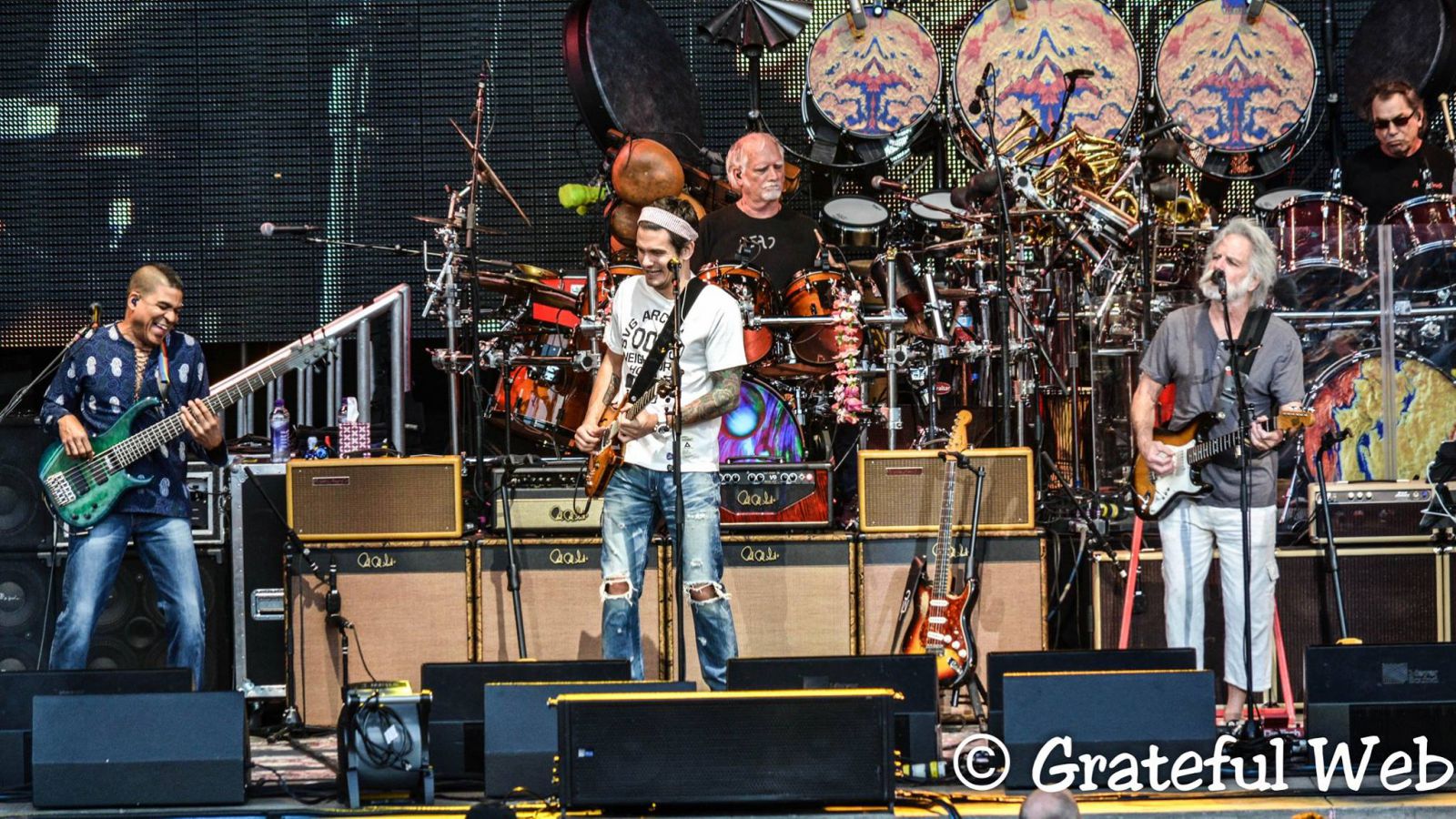
GW: When you’re right there at that moment, in the center of an atom, or the center of the universe, beating the drum with the other side, have you come up with an articulation for what music is, or do you leave it be and try not to name such a thing?
MH: Well, I do both. I hear what it sounds like, because I have the sound of the atom, and I have what it looks like—In BIG 3-D—and so it’s synesthesia, it’s a combination of sound and light. But it’s music. I’m not a scientist. I’m a musician who studies science, a student of science . . . a student of music, too. Student of everything. It explains things to myself, which I have questions, big questions, and I read a lot of science, and once you start to understand the science a little bit, these gigantic questions—you know, string theory, quantum mechanics, all these things, these visionary ideas of how the universe all hangs together—not all of them are science, some of it’s pseudo-science, and some is potential science.
GW: Don’t forget us philosophers.
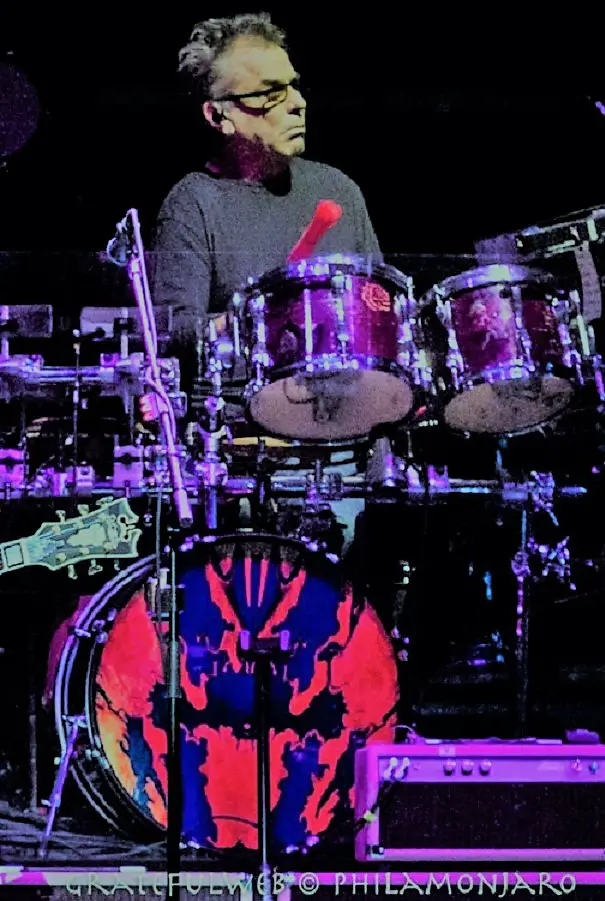
MH: Yeah, philosophers as well, but that’s not science. I’m really interested in the science of it. The philosophy of it is really wonderful, too. It’s a harbinger of science. People come up with thoughts and ideas and science goes after them. Then makes it real.
GW: It’s truly impressive that you were able to bring something to the attention of science in healing the mind with sound.
MH: Well, a lot of these astrophysicists, they don’t even think of sound. It’s data to them. So approaching it from the sonic point, it’s very interesting to them. My first real contact with scientists was when I met George Smoot. George Smoot won the Nobel Prize in 2006 for his work finding and locating the background radiation, the afterglow of the Big Bang. He discovered this hiss that was left over from the creational moment. He called it the Singularity. From the Singularity there was an afterglow, like the dust, if you will. I worked with him for quite a while. And so I really got a “real uppy” on all this, working with the Nobel scientist.
George would say, “Do you want to hear the sound of time and space?”
“Wow! Sure, George. Lay it on me.” I was into it before I met George, but George was the catalyst of my deep dive.
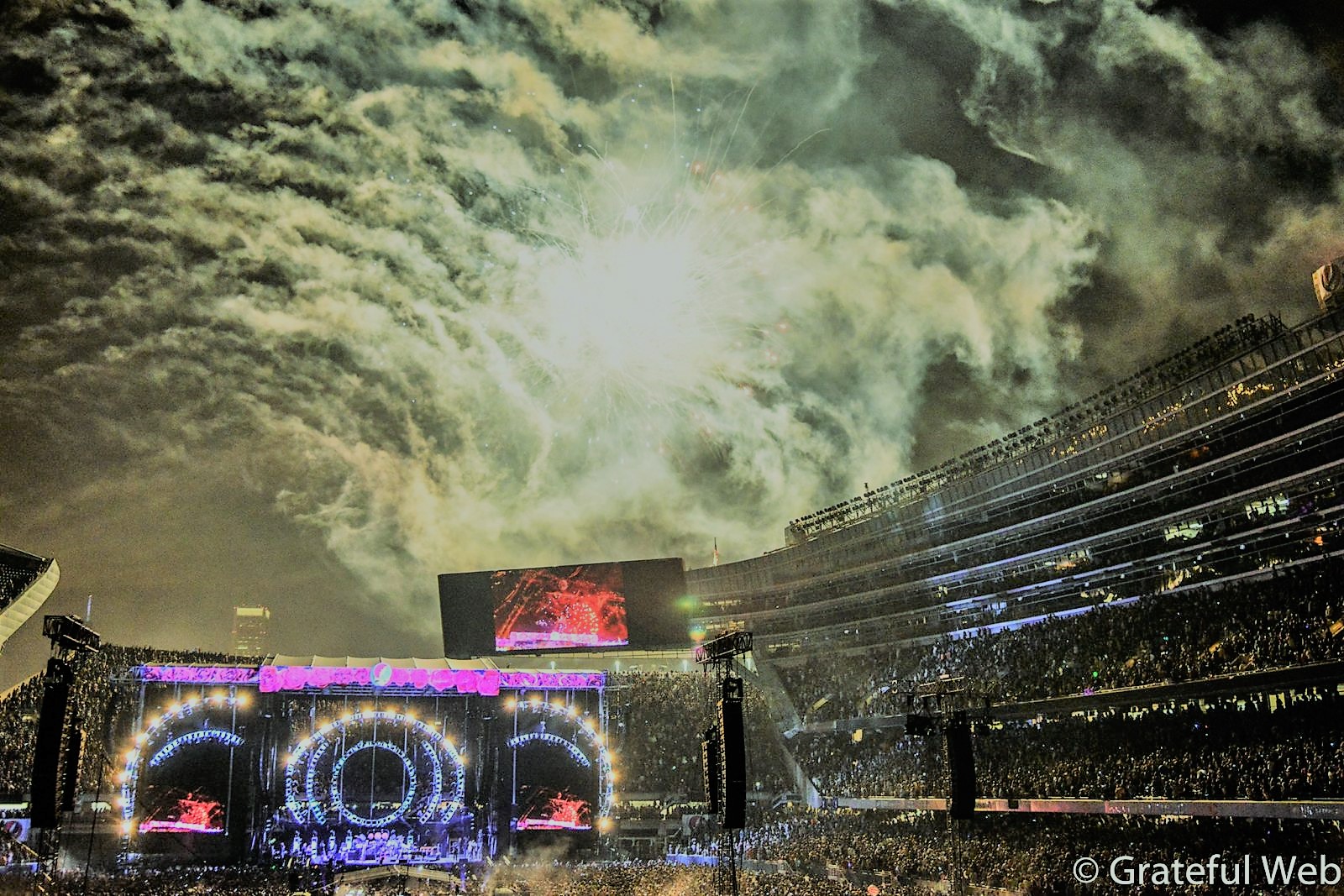
GW: I’m curious if we interpreted the Big Bang as a synaptic flash of a space mind rather than an explosion of physicality, would this change your interpretations of the radiations? I mean, from right down there in the center of cosmic birth, is it really a physical birth, or is it a mental birth, a thought in a cosmic mind? So in the same way we picture imagery in our minds, our universe is a picture in the space mind.
MH: I think I can answer your question. It’s both. I mean, it is the idea of something happening that created all of this. That’s one part of it—and the other part of it’s saying, “Wow, there’s a sound that’s connected to all that stuff. Everything that’s out there that moves, that’s alive, has another component to it besides light!”
The other thing is to be able to sit back and enjoy the thought that the whole universe is a musical instrument, a cosmic instrument being played by nature. When we play music, it’s a miniature of what’s happening out there. That’s a big part of this. You see, there’s no human culture that does not have music. Music is species specific, and its species defining, and that’s my real connection with the musical connection between the universe—It’s played by the forces of nature, and it’s multi-dimensional. We can hear and see our universe as sound and light, and that’s pretty cool. And all of these rhythms, patterns, moving in time—“It’s the rhythm stupid.” That’s what I always say.
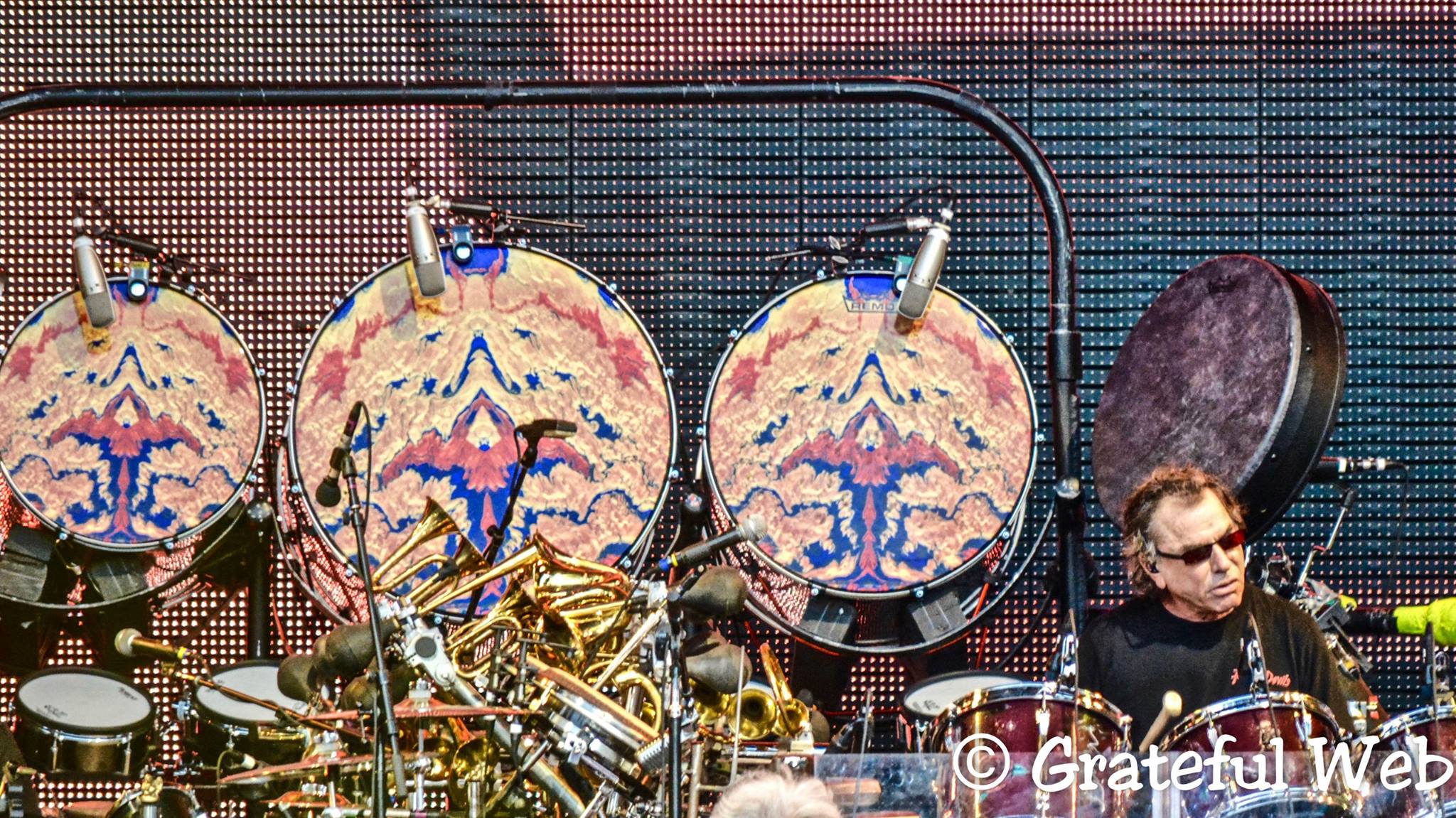
We’ve become human because we learned to make music. We not only make music because we’re human, but we’ve become human because we learned how to make music. That’s the big important take-away from all of this, and that’s why music. Why is music a trillion dollar business? Why do musicians all over the world go through all these incredible rigors just to survive to make music? And all these people that want to hear music? Well, it can be explained, that’s what makes us human, and it comes from out there. And that’s the interesting connection between us—man and the universe. And that’s what this story is all about. And that’s why I call it, “The Greatest Story Ever Told.” What could be more incredible?
“Come on out singing, I’ll walk you in the sunshine.”






